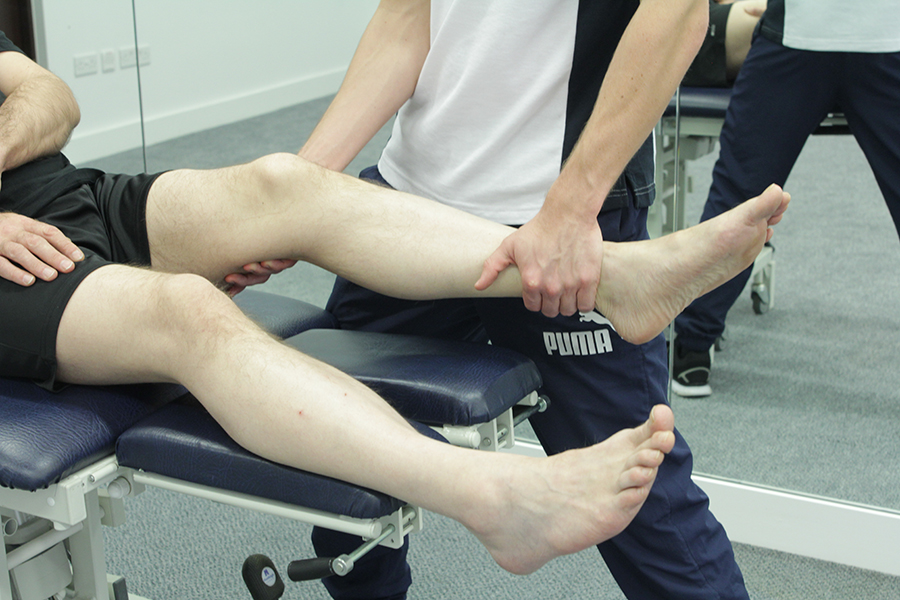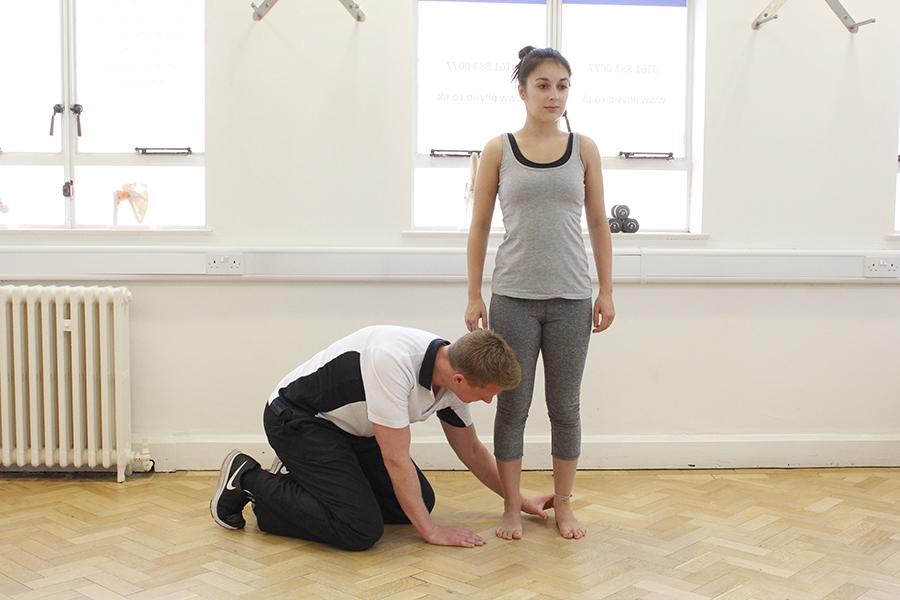Fracture treatment
The foot and ankle are often put under a great amount of stress and as a result of this the incidence of fractures occurring in these areas is increased. Fractures can often mean activity is limited and walking is not possible for extended periods of time. It is therefore important that the patient receives appropriate fracture treatment for the best possible recovery.
What is a fracture?
A fracture is a break which occurs in a bone when it is subject to a substantial amount of force or stress. Fractures can also occur due to weakening of the bone as a result of some medical conditions, such as osteoporosis.
What are common fractures of the foot and ankle?
The following are some common fractures which occur within the foot and ankle;
- Stress fractures ' these are small cracks within the bone which occur as a result of overuse. When muscles are overworked, they are unable to absorb the shock created by repetitive impact with the ground. This added stress is transferred to the bone, causing fractures to develop.
- Phalanges - the phalanges are the bones in the toes. Fractures within the phalanges often occur as a result of direct impact or following a fall. The end of the 1st toe is the most common site for fractures in the toes.
- Ankle fractures - fractures to the ankle and commonly the result of sporting injuries.
- Metatarsal Bones - the metatarsals are the 5 long bones located behind the bones of the toes. Fractures here often due to direct trauma. The most common type of fracture in this area occurs at the 5th metatarsal, it is a common football related injury.
- Calcaneus ' the calcaneus is the heel bone. Fracture here is often the result of a falling type injury
- Tibia and Fibula ' these are the 2 large bones of the lower leg/shin. Fractures of the tibia and fibula require great force. When fracture occurs along the tibia it is common for a fracture to also develop along the fibula as the force can transfer along the membrane between the two bones.

Medical management of fractures
Medical management of a fracture can take many forms. Common management techniques include;
- Walking boots - a walking boot is a brace which covers the foot and ankle. It has a hard outer shell for protection and a cushioned inner lining for comfort. They are used to immobilise the area and provide support. They are often used for stress fractures and complex ankle sprains.
- Cast - foot casts are usually made out of plaster of Paris, however they can also be formed using fibreglass. The purpose of a plaster cast is to hold the foot and ankle in place in its proper alignment and provide protection while the fracture heels.
- Open Reduction Internal Fixation - this involves surgical repair of a bone following fracture using plates and screws to provide stability within the bone.
What podiatry treatments are available following a fracture?
A podiatrist can provide the following treatments for patients who have experienced a fracture to the foot and/or ankle;
- Advice and education - advice can be provided on rest, the rehabilitation process and prevention of future injury
- Treatment of skin complaints - if a cast has been used in the management of a fracture, the skin under the cast can require some attention. A podiatrist will be able to treat any dry skin or callus and recommend the use of emollients
- Footwear advice - A podiatrist will be able to recommend whether special footwear or orthotic supports are necessary once the fracture has healed
- Strengthening exercises - a personalised exercise program can be developed to help strengthen the muscles around the affected region once the area has healed. This provides protection against further injury in the future

What are the benefits of podiatry treatment following a fracture?
Podiatry treatment can be an important and effective tool in the rehabilitation process following a fracture within the foot or ankle. The benefits include;
- Reduction in pain levels
- Increased range of movement
- A faster return to normal function
- Prevention of re-injury in the future
- Increase activity levels
To book an appointment following a fracture of the foot or ankle, please e-mail office@chiropody.co.uk or call 0330 088 4222.
Save 5% by booking an appointment online.



We work with:

Individuals

Organisations

Health professionals
Get in Touch!
0330 088 4222
If you would like to speak to one of our specialists then please complete this form.
We are open 7 days a week








